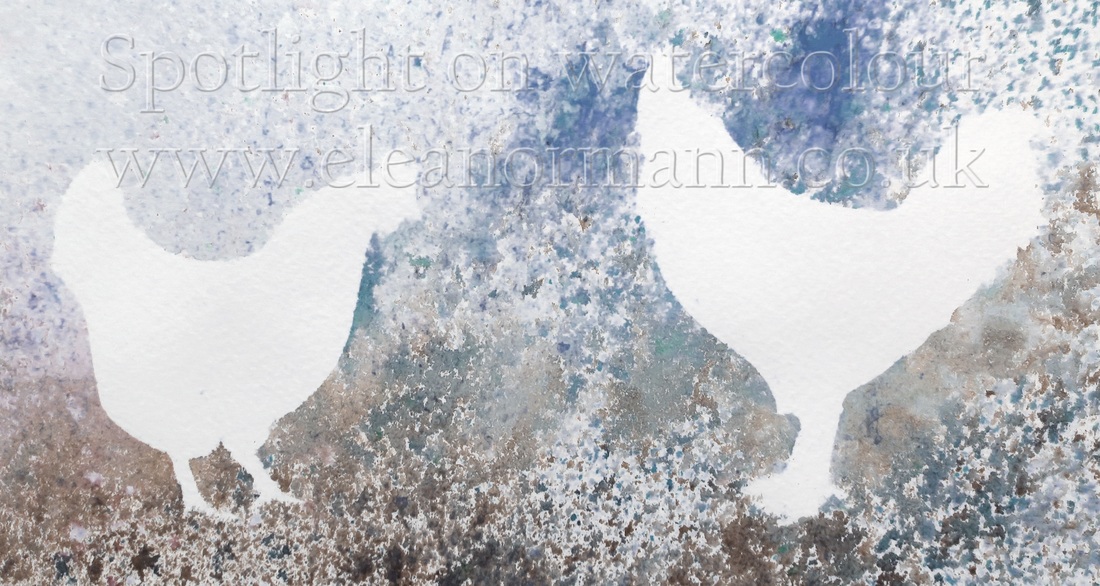A: That's up to you but how about using tracing paper as an aid.
Here, I am going to suggest ways in which tracing paper can be used as an aid - and none of them involve tracing from a photograph to reproduce it as a watercolour painting.
Also, if I've drawn a complicated scene freehand, and I know I'll want to paint it more than once, I will trace it so I can use it as a template in the future. This strategy eliminates the time consuming task of re-drawing a complicated picture allowing me to re-paint the scene many times experimenting with using different colours/tonal pattern/techniques etc.
I have in the past drawn directly onto tracing paper. This has another advantage: I am free to make as many marks and lines as I feel necessary, safe in the knowledge that I can use an eraser without damaging the surface of the watercolour paper. Plus, when I transfer the drawing later on, I can decide how much of the line drawing I need to use as a guide for the brush. I can even trace part of the picture, do an initial wash and then transfer some more or the rest. This is particularly useful when using the "pouring technique".
Using tracing paper to experiment with placing an object into the composition is useful too. Let's say you've already painted a rural scene but would like to place some figures into it. Try drawing the figures onto tracing paper then place it over the top of your painting. You can now move the tracing paper around the scene to work out where they need to be in the composition before committing paint to paper.
I made the template of a pear to use as a teaching aid. Many beginner students worry when I ask them to draw a pear, or an apple, but the lesson is not a drawing lesson. The lesson is to paint the pear using graded washes. This exercise demonstrates that by using graded washes an object can be made to look three dimensional. I feel there is enough fear in painting in watercolour without adding to it in the first lesson.
Templates can be used as masks, to reserve the white of the paper when you want to use a messy technique like sponging, splattering or spraying watercolour from an atomiser (see below).




 RSS Feed
RSS Feed